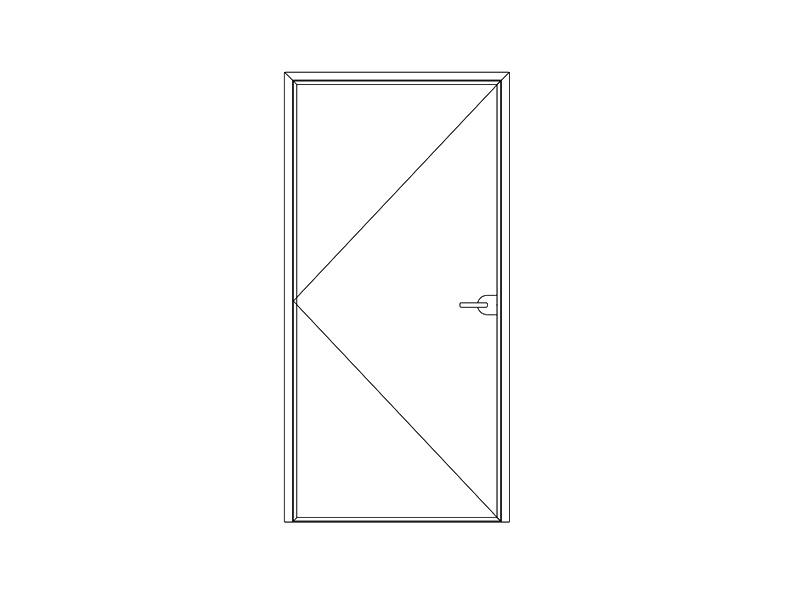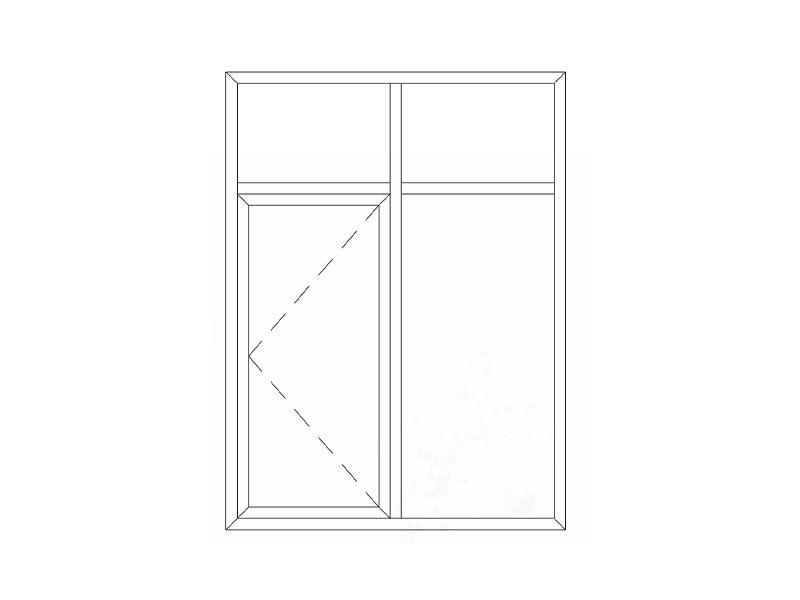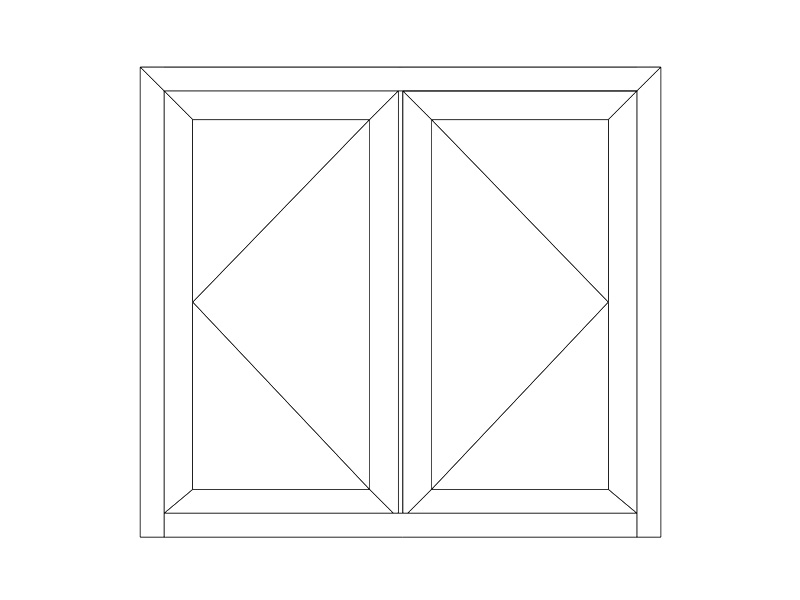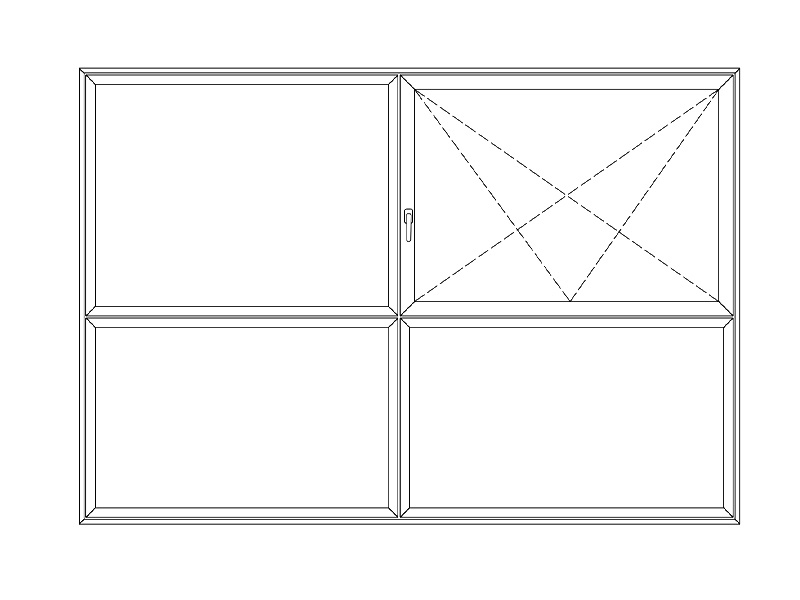Panel cutting is a fundamental process in many industries, from furniture manufacturing and woodworking to signage production and construction. Achieving precise and efficient cuts is crucial for product quality and operational productivity. Various machines have been developed to meet diverse panel cutting needs, each offering unique advantages in terms of accuracy, speed, and versatility. This article explores the primary types of panel cutting machines, detailing their mechanisms, applications, and key considerations for their use.
Beam Saws (Panel Saws)
Beam saws, often referred to as panel saws, are the workhorses of high-volume panel processing. They are designed for cutting large sheets of material, such as MDF, particleboard, plywood, and laminates, into smaller, precise dimensions.
Mechanism
Beam saws operate with a large, precision-ground saw blade mounted on a heavy-duty beam or carriage. The material is typically loaded onto a robust table, and a clamping system secures the panel in place. The saw carriage then traverses the length of the panel, making straight cuts. Many modern beam saws feature a scoring saw ahead of the main blade to prevent chipping on laminated or veneered surfaces. They can be front-loading or rear-loading, with rear-loading models often integrated into automated material handling systems.
Applications
-
Furniture Manufacturing: Cutting components for cabinets, wardrobes, and tables.
-
Cabinetry: Producing precise parts for kitchen and bathroom cabinets.
-
Shop Fitting: Preparing panels for retail displays and fixtures.
-
Construction: Sizing panels for interior fit-outs and specialized applications.
Key Considerations
-
Volume: Ideal for high-production environments due to their speed and automation capabilities.
-
Accuracy: Offer exceptional cutting accuracy and repeatability.
-
Material Handling: Require significant space and often benefit from automated loading/unloading systems.
-
Dust Extraction: Generate a large amount of dust, necessitating robust extraction systems.
CNC Routers
CNC (Computer Numerical Control) routers are incredibly versatile machines that can not only cut panels but also perform intricate routing, drilling, and shaping operations.
Mechanism
A CNC router uses a high-speed rotating cutting tool (router bit) controlled by a computer program. The panel material is typically secured to a vacuum table or with clamps. The CNC program directs the router head to move along X, Y, and Z axes, allowing it to cut complex shapes, dados, grooves, and holes with extreme precision. They can be configured with automatic tool changers to switch between different bits for various operations.
Applications
-
Signage: Cutting letters, logos, and intricate designs from various panel materials.
-
Prototyping: Rapidly creating prototypes from wood, plastics, and composites.
-
Custom Furniture: Producing unique and complex furniture components.
-
Decorative Panels: Creating artistic and architectural panels with carved details.
-
Mold Making: Machining molds from foam, wood, or composites.
Key Considerations
-
Versatility: Capable of a wide range of operations beyond simple panel cutting.
-
Complexity: Can produce highly intricate and custom designs.
-
Setup Time: Programming and tool setup can be more involved than with a beam saw for simple cuts.
-
Material Limitations: Some very dense or hard materials may be challenging for certain router bits.

Vertical Panel Saws
Vertical panel saws are designed to save floor space while offering precise cutting of large panels.
Mechanism
The panel is loaded vertically onto the machine's frame and supported by a series of rollers or support bars. The saw blade, mounted on a carriage, moves horizontally or vertically along rails to make cuts. This configuration is particularly advantageous for smaller workshops where floor space is at a premium. Some models offer a scoring function similar to beam saws.
Applications
-
Small to Medium Workshops: Ideal for businesses with limited space.
-
Retail and Custom Work: Suited for shops that need to cut full sheets but don't have extremely high volume.
-
On-site Construction: Portable versions are useful for cutting panels directly at the job site.
Key Considerations
-
Space Saving: Their upright design significantly reduces their footprint.
-
Ease of Use: Generally straightforward to operate for straight cuts.
-
Dust Collection: Can be effectively managed with integrated dust hoods.
-
Limitations: Less suited for extremely high-volume production compared to horizontal beam saws.
Table Saws (Cabinet Saws)
While not exclusively panel cutting machines in the industrial sense, table saws (particularly cabinet saws) are essential tools for smaller workshops and for more intricate, smaller-scale panel cutting tasks.
Mechanism
A circular saw blade protrudes through a slot in a flat table. The material is fed manually over the table against a rip fence for parallel cuts or using a miter gauge for angled cuts. Cabinet saws are known for their heavy-duty construction, powerful motors, and precision fences, making them suitable for accurate cuts on various panel materials.
Applications
-
Small Workshops and DIY: General woodworking tasks, including sizing smaller panels.
-
Customization: Ideal for fine-tuning panel dimensions or creating specialized joints.
-
On-Demand Cutting: Suitable for situations where only a few precise cuts are needed.
Key Considerations
-
Manual Operation: Requires manual feeding, which can be slower and less safe for very large panels.
-
Capacity: Limited by the size of the table and blade, making full sheet processing challenging.
-
Safety: Requires careful operation due to the exposed blade.
-
Accuracy: High-quality table saws can offer excellent accuracy, but consistency depends on operator skill.
Conclusion
The choice of panel cutting machine depends heavily on the specific application, production volume, required accuracy, and available workshop space. Beam saws excel in high-volume, repetitive cutting, while CNC routers offer unparalleled versatility for complex designs. Vertical panel saws provide a space-saving solution for precise straight cuts, and table saws remain indispensable for smaller-scale, precise work in various settings. Understanding the strengths and limitations of each type is crucial for making an informed decision that optimizes efficiency and product quality in any panel processing operation.












